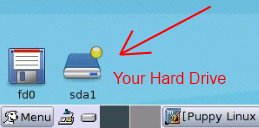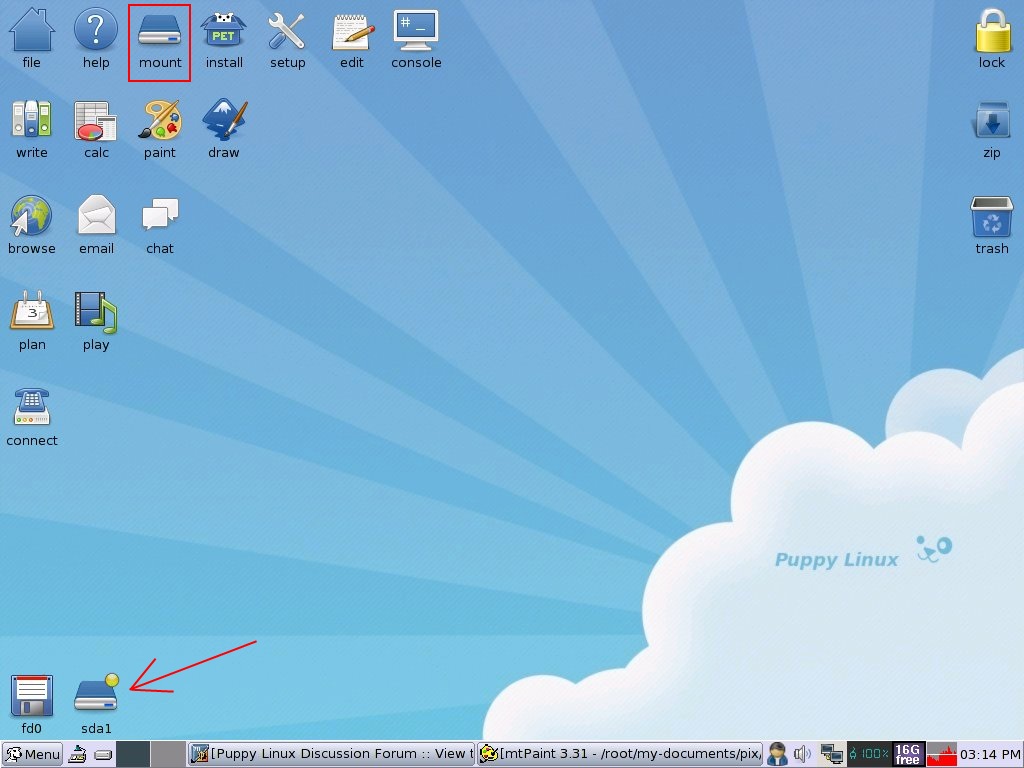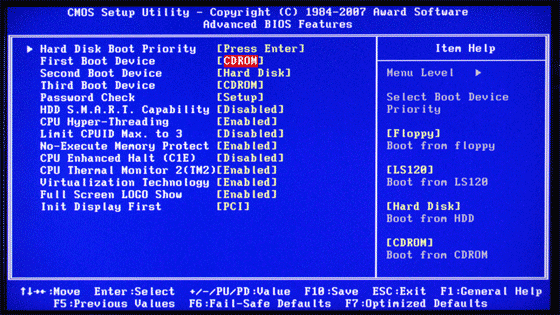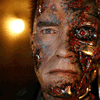operating system not found.
Started by
spookytheclown
, May 19 2011 11:45 AM
#16

 Posted 19 May 2011 - 04:29 PM
Posted 19 May 2011 - 04:29 PM

#17

 Posted 19 May 2011 - 04:47 PM
Posted 19 May 2011 - 04:47 PM

This suggests the HDD is not working.but no drive light?
Back in post #2 I asked;
What you are looking for is the name of the actual HDD manufacturer WDC, Hitachi, Toshiba etc,Is the HDD listed in the BIOS?
see the .jpeg below for an example of what you are looking for;
#18

 Posted 19 May 2011 - 04:56 PM
Posted 19 May 2011 - 04:56 PM

nah dude none of my [bleep] looks anything like that lol mine is all turquoise and there's no drive name at all, gutted must need a new drive then, how much will that cost?
#19

 Posted 19 May 2011 - 04:59 PM
Posted 19 May 2011 - 04:59 PM

Run hard drive diagnostics: http://www.tacktech....ay.cfm?ttid=287
Make sure, you select tool, which is appropriate for the brand of your hard drive.
Depending on the program, it'll create bootable floppy, or bootable CD.
If downloaded file is of .iso type, use ImgBurn: http://www.imgburn.com/ to burn .iso file to a CD (select "Write image file to disc" option), and make the CD bootable.
NOTE. If your hard drive is made by Toshiba, try the Hitachi DFT CD Image version of the software
Thanks to Broni for the instructions
Make sure, you select tool, which is appropriate for the brand of your hard drive.
Depending on the program, it'll create bootable floppy, or bootable CD.
If downloaded file is of .iso type, use ImgBurn: http://www.imgburn.com/ to burn .iso file to a CD (select "Write image file to disc" option), and make the CD bootable.
NOTE. If your hard drive is made by Toshiba, try the Hitachi DFT CD Image version of the software
Thanks to Broni for the instructions
#20

 Posted 19 May 2011 - 05:00 PM
Posted 19 May 2011 - 05:00 PM

when i turn it off and back on the light comes on for a short time.
#21

 Posted 19 May 2011 - 05:14 PM
Posted 19 May 2011 - 05:14 PM

my comp is a sony vaio pcg-2a1m any info on a new hard drive would be great, im sorry guys i literally know nothing.
#22

 Posted 19 May 2011 - 07:30 PM
Posted 19 May 2011 - 07:30 PM

Get the Seagate Seatools dos cd iso
#23

 Posted 20 May 2011 - 03:50 AM
Posted 20 May 2011 - 03:50 AM

i gave that a go and burned it to a dvd but the vaio wont read it, must need a new drive?
#24

 Posted 20 May 2011 - 06:30 AM
Posted 20 May 2011 - 06:30 AM

Did you use the program imgburn or did you burn the disc as data or made it bootable?
#25

 Posted 20 May 2011 - 12:06 PM
Posted 20 May 2011 - 12:06 PM

yeah i used imgburn on 2 different disks and no joy, must be the hdd. im gonna replace it anyway, whats the difference between sata 2 and sata b drives? im such a novice. and do you think a novice could replace the drive without any problems? and if so what drive would you recommend?
#26

 Posted 20 May 2011 - 01:19 PM
Posted 20 May 2011 - 01:19 PM

I am going to bow out of this whilst the Mod offers assistance 
But first may I mention two points;
http://www.tacktech....ay.cfm?ttid=287 works very well if you know the manufacturer of your HDD.
But first may I mention two points;
nah dude none of my [bleep] looks anything like that lol mine is all turquoise and there's no drive name at all,
HDD or MB failure are both possibilities but without testing your HDD in an external enclosure in an attempt to read or retrieve your data it is hard to say which it is.when i turn it off and back on the light comes on for a short time.
http://www.tacktech....ay.cfm?ttid=287 works very well if you know the manufacturer of your HDD.
#27

 Posted 20 May 2011 - 04:26 PM
Posted 20 May 2011 - 04:26 PM

Another option is Puppy Linux. If it sees no hd that is a definite sign the drive is gone.
Use Puppy Linux Live CD to Recover Your Data:
===================
***Required Hardware***
CD Burner (CDRW) Drive,
Blank CD,
Extra Storage Device (USB Flash Drive, External Hard Drive)
===================
1. Save these files to your Desktop/Burn Your Live CD:
2. Set your boot priority in the BIOS to CD-ROM first, Hard Drive Second
3. Recover Your Data
Remember to only click once! No double clicking! Once you drag and drop your first folder, you will notice a small menu will appear giving you the option to move or copy. Choose COPY each time you drag and drop.
YOU ARE DONE!!! Simply click Menu >> Mouse Over Shutdown >> Reboot/Turn Off Computer. Be sure to plug your USB Drive into another working windows machine to verify all data is there and transferred without corruption. Congratulations!


If you're doing this to recovery from a virus or malware infection, (or even if you're not), DO NOT copy executable files (.exe, .scr. etc...) if any of these files are infected you could be copying the corruption over to any new device/computer. just copy documents, pictures, music, or videos.
Use Puppy Linux Live CD to Recover Your Data:
===================
***Required Hardware***
CD Burner (CDRW) Drive,
Blank CD,
Extra Storage Device (USB Flash Drive, External Hard Drive)
===================
1. Save these files to your Desktop/Burn Your Live CD:
- Download Latest Puppy Linux ISO (i.e.: lupu-520.iso)
Download BurnCDCC ISO Burning Software
- Open BurnCDCC with Windows Explorer
- Extract All files to a location you can remember
- Double Click
 BurnCDCC
BurnCDCC - Click Browse
and navigate to the Puppy Linux ISO file you just downloaded
- Open/Double Click that file
IMPORTANT: Adjust the speed bar to CD: 4x DVD: 1x - Click Start

- Your CD Burner Tray will open automatically
- Insert a blank CD and close the tray
- Click OK
2. Set your boot priority in the BIOS to CD-ROM first, Hard Drive Second
- Start the computer/press the power button
- Immediately start tapping the appropriate key to enter the BIOS, aka "Setup"
(Usually shown during the "Dell" screen, or "Gateway" Screen) - Once in the BIOS, under Advanced BIOS Options change boot priority to:
CD-ROM 1st, Hard Drive 2nd - Open your ROM drive and insert the disk
- Press F10 to save and exit
- Agree with "Y" to continue
- Your computer will restart and boot from the Puppy Linux Live CD

3. Recover Your Data
- Once Puppy Linux has loaded, it is actually running in your computer's Memory (RAM). You will see a fully functioning Graphical User Interface similar to what you normally call "your computer". Internet access may or may not be available depending on your machine, so it is recommended you print these instructions before beginning. Also, double clicking is not needed in Puppy. To expand, or open folders/icons, just click once. Puppy is very light on resources, so you will quickly notice it is much speedier than you are used to. This is normal. Ready? Let's get started.
3a. Mount Drives - Click the Mount Icon located at the top left of your desktop.

- A Window will open. By default, the "drive" tab will be forward/highlighted. Click on Mount for your hard drive.
- Assuming you only have one hard drive and/or partition, there may be only one selection to mount.
- USB Flash Drives usually automatically mount upon boot, but click the "usbdrv" tab and make sure it is mounted.
- If using an external hard drive for the data recovery, do this under the "drive" tab. Mount it now.
- At the bottom left of your desktop a list of all hard drives/partitions, USB Drives, and Optical Drives are listed with a familiar looking hard drive icon.
- Open your old hard drive i.e. sda1
- Next, open your USB Flash Drive or External Drive. i.e. sdc or sdb1
- If you open the wrong drive, simply X out at the top right corner of the window that opens. (Just like in Windows)
- From your old hard drive, drag and drop whatever files/folders you wish to transfer to your USB Drive's Window.
Remember to only click once! No double clicking! Once you drag and drop your first folder, you will notice a small menu will appear giving you the option to move or copy. Choose COPY each time you drag and drop.
YOU ARE DONE!!! Simply click Menu >> Mouse Over Shutdown >> Reboot/Turn Off Computer. Be sure to plug your USB Drive into another working windows machine to verify all data is there and transferred without corruption. Congratulations!
If you're doing this to recovery from a virus or malware infection, (or even if you're not), DO NOT copy executable files (.exe, .scr. etc...) if any of these files are infected you could be copying the corruption over to any new device/computer. just copy documents, pictures, music, or videos.
#28

 Posted 21 May 2011 - 03:41 AM
Posted 21 May 2011 - 03:41 AM

thanks dude, but im not to fussed about the data as i was gonna do a full restore anyway.
im thinkin just to replace the drive and get a casing for the old one and try and run it through a usb to use its memory as its a tb and i want the space for torrents.
would i just need to put the new drive in and install windows?? is there a better system than windows.
im thinkin just to replace the drive and get a casing for the old one and try and run it through a usb to use its memory as its a tb and i want the space for torrents.
would i just need to put the new drive in and install windows?? is there a better system than windows.
#29

 Posted 21 May 2011 - 05:52 AM
Posted 21 May 2011 - 05:52 AM

Windows is the most widely used and accepted.
Macintosh\Apple
Linux more secure, customization, faster but is lacking in mainstream gaming.
Macintosh\Apple
Linux more secure, customization, faster but is lacking in mainstream gaming.
#30

 Posted 21 May 2011 - 07:43 AM
Posted 21 May 2011 - 07:43 AM

windows vista or 7? i was happy with xp i dont know why they keep changing things, surely they could just update things rather than changing them!
Similar Topics
0 user(s) are reading this topic
0 members, 0 guests, 0 anonymous users
As Featured On:















 Sign In
Sign In Create Account
Create Account

